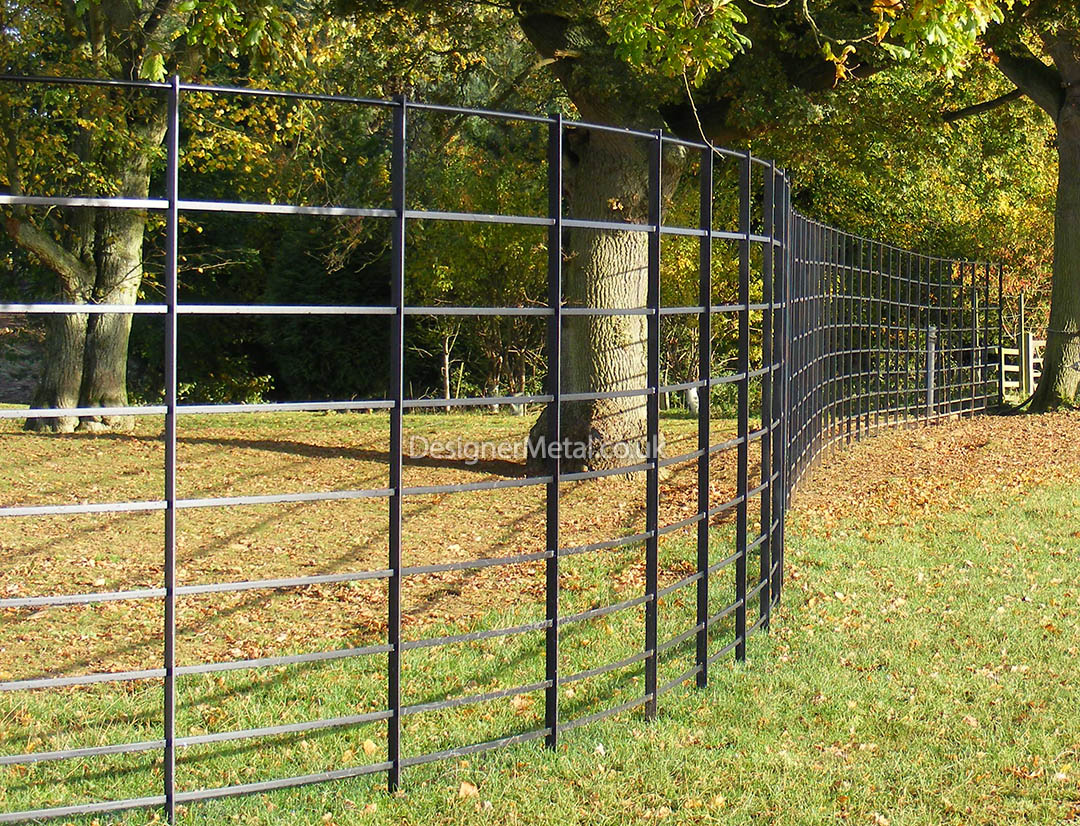As landowners and stewards of the environment, we have a responsibility to protect and enhance wildlife habitat. While deer fences are commonly used to keep deer out of specific areas, it can also be used strategically to create a sanctuary and enhance wildlife habitat. By implementing deer fencing, we can manage deer populations, promote biodiversity, and create a safe haven for a variety of wildlife species. In this blog, we will explore how deer fencing can be utilized to create a sanctuary and enhance wildlife habitat on your property.
- Managing Deer Populations: Deer populations, when left unchecked, can have a negative impact on native plant communities and other wildlife species. By using deer fencing, you can create exclusion zones within your property where deer are restricted from entering. This helps manage deer populations and prevents overbrowsing, allowing native plants to thrive and ensuring a healthier balance within the ecosystem.
- Protecting Sensitive Areas: There may be specific areas on your property that require extra protection due to their ecological significance or the presence of rare or endangered species. Deer fencing can be strategically placed around these sensitive areas, providing a buffer zone that shields them from deer browse. This protection allows these areas to flourish, providing essential habitat for sensitive wildlife species and contributing to overall biodiversity conservation.
- Supporting Plant Diversity: Deer are selective browsers and often target certain plant species over others. This can lead to a decrease in plant diversity and negatively impact the habitat quality for other wildlife species. By implementing deer fencing, you can protect a diverse range of plant species, including those that are particularly vulnerable to deer browse. This helps to maintain a healthy and diverse plant community, supporting a broader array of wildlife species that rely on specific plants for food, shelter, and nesting.
- Creating Safe Spaces for Nesting and Rearing Young: Deer fencing can create safe spaces for nesting and rearing young for various wildlife species. By enclosing specific areas with deer fencing, you provide protection from potential predators, disturbances, and other threats. This allows birds, small mammals, and other wildlife to breed and rear their young in a secure environment, contributing to successful reproduction and population growth.
- Promoting Habitat Connectivity: Creating a sanctuary with deer fencing can also contribute to enhancing habitat connectivity. By strategically placing fenced areas within your property, you can create corridors or stepping-stone habitats that connect different natural areas. These corridors facilitate movement and dispersal of wildlife, allowing for gene flow, colonization of new areas, and adaptation to changing environmental conditions. Habitat connectivity is essential for the long-term viability and resilience of wildlife populations.
- Monitoring and Conservation Efforts: Deer fencing can also support wildlife monitoring and conservation efforts. By creating enclosed areas, you can more effectively monitor wildlife populations, conduct research, and implement conservation measures. It provides a controlled environment for studies and enables the implementation of targeted conservation actions, such as habitat restoration, invasive species management, and species reintroduction programs.
Conclusion: Deer fencing not only helps protect your property from deer damage but also presents an opportunity to create a sanctuary and enhance wildlife habitat. By strategically implementing deer fencing, we can manage deer populations, protect sensitive areas, support plant diversity, provide safe spaces for nesting and rearing young, promote habitat connectivity, and facilitate wildlife monitoring and conservation efforts. Embrace the potential of deer fencing as a tool for enhancing wildlife habitat on your property, and contribute to the conservation of biodiversity and the creation of a thriving ecosystem.
